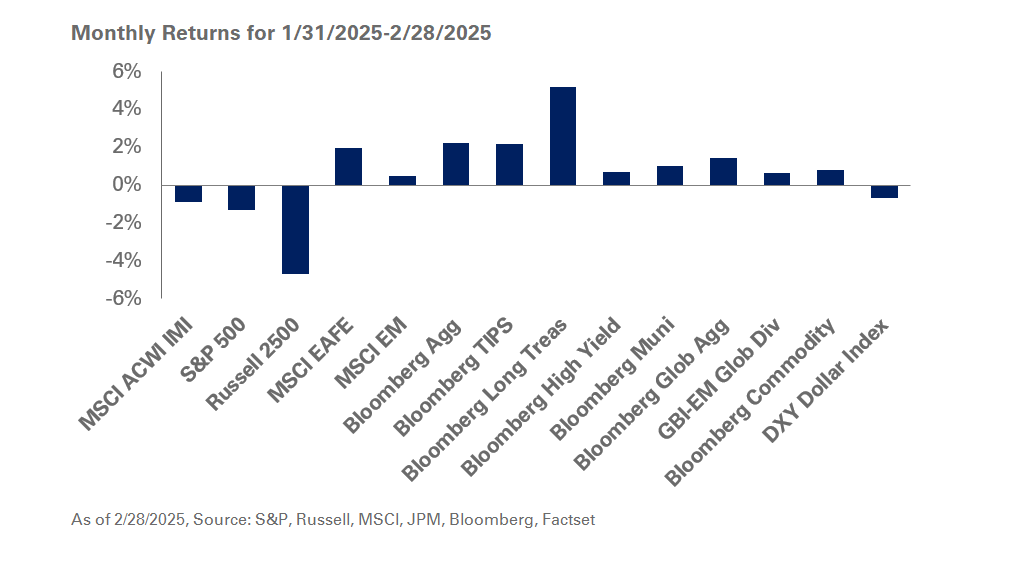On Thursday, India heads to the polls for a general election that could leave a lasting impact on the country’s growth trajectory and the region’s geopolitical stability. This could be a defining moment for the world’s largest democracy, which has been grappling with discontent from a slowing economy, surging unemployment, increasing sectarian violence, and concerns around national security.
At NEPC, we remain committed to emerging market equities, which offer an attractive total-return opportunity due to higher expected economic growth than the developed world. To this end, India—expected to become the third largest economy in the world by 2030—offers an interesting counter to ongoing concerns about slowing global growth. As a result, we believe the outcome of the election may determine whether this expected growth trajectory is achieved – a status that will have significant investment implications for India and the region.
India’s current prime minister, Narendra Modi, is seeking re-election as the head of the Bharatiya Janata Party (BJP). He is hoping to repeat the party’s landslide victory in 2014 based on promises of economic overhaul and significant reforms aimed at generating jobs and reducing corruption. Five years later, Modi’s popularity has eroded as many of these promises remain unfulfilled, despite healthy GDP growth. In addition, a number of divisive policies enacted by Modi, including the implementation of the Goods and Services Tax and demonetization, inadvertently hurt small businesses and resulted in heavy job losses. Despite these setbacks, Modi is currently riding a wave of patriotism on the back of a strong response to escalating tensions with Pakistan over Kashmir.
That said, this mixed track record has fractured the BJP political stronghold with the party suffering a setback last year, when it lost five states during local elections. The main opposition party, the Indian National Congress (Congress), is led by Rahul Gandhi, a scion of the Nehru-Gandhi political dynasty. Despite a relatively fragmented opposition, Congress has formed alliances with regional parties in efforts to capitalize on the BJP’s shortcomings.
With over 900 million voters—nearly three times the population of the United States—India’s onerous voting process takes nearly five weeks to complete, with results declared on May 23. The election is expected to have the largest turnout in the country’s history due to a significantly larger eligible voting base and the integration of electronic voting machines used to display the faces of candidates to incorporate the sizable illiterate portion of the population.
The country has a Westminster-style parliament, with voters electing representatives to the 545-seat Lok Sabha, or lower house of Parliament. To form a government, a party or coalition requires at least 272 seats and the majority selects the next prime minister. While Modi’s record has come under scrutiny, the BJP currently controls 268 seats, and a total of 336 when including their allies. This existing advantage, along with the recent surge in support fueled by a rise in nationalist sentiment, points to an advantage for Modi. However, there is a high degree of uncertainty given the length of the polling process and widespread reach of fake news.
Stay tuned for more as India goes to the polls.



